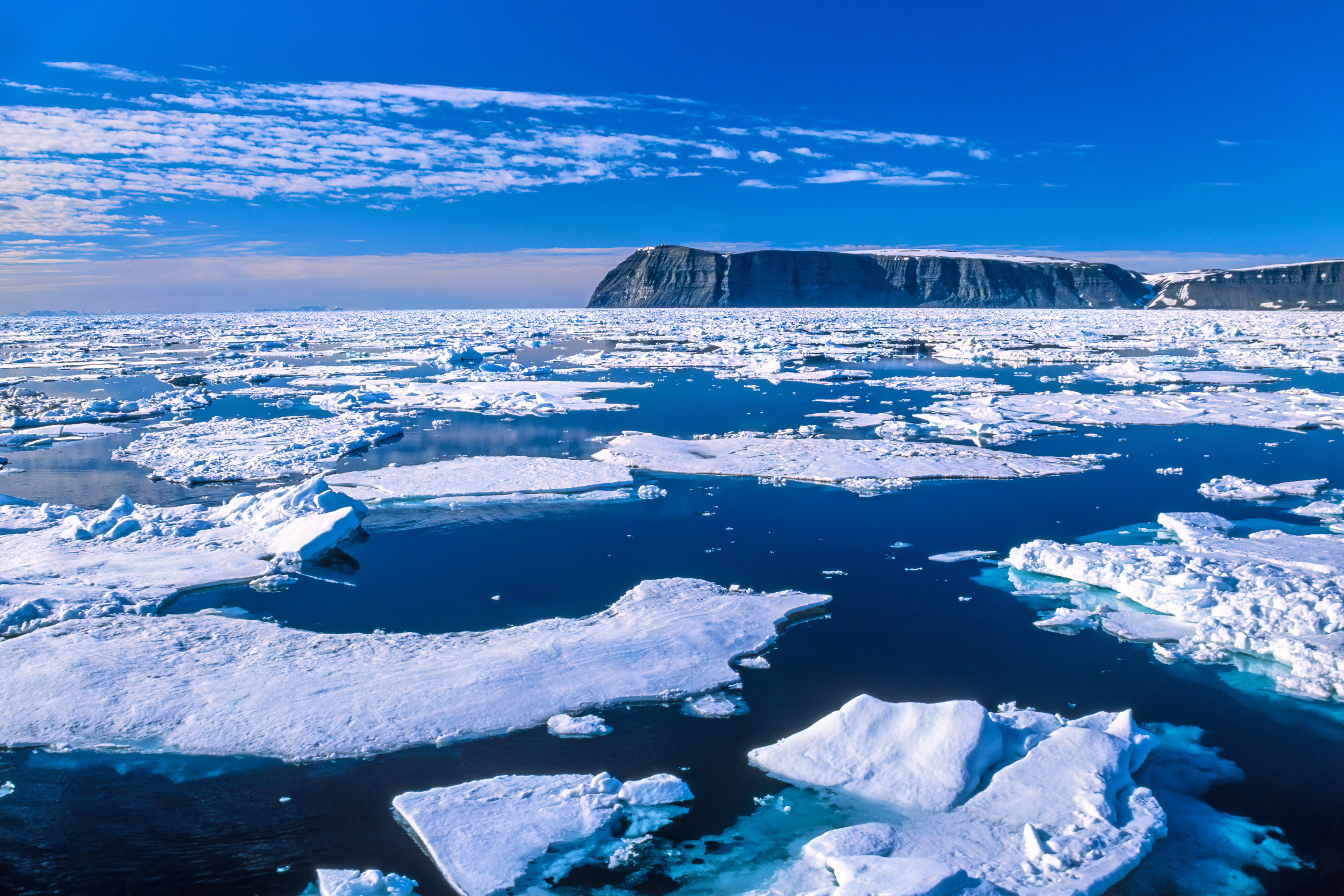Unusual Data
Newsweek is dedicated to difficult standard knowledge and discovering connections within the seek for frequent floor.

Harmful modifications to Alaska’s frozen rivers throughout winter—together with the looks of hazardous sections of open water—can now be detected by way of satellite tv for pc.
Researchers from the College of Alaska Fairbanks developed a brand new expertise to detect open water zones when the state’s rivers freeze over within the early winter. The classification system utilizing synthetic-aperture radar (SAR) is also used throughout the Arctic, the place open water zones current the identical hazard.
The concept is that this may then be used to create hazard maps for these touring, as many Alaskans do in rural areas. The frozen rivers act as “ice highways” and many individuals journey throughout them to fish and hunt.
“With this ice classification, we’re attempting to differentiate between ice and open holes within the ice,” distant sensing scientist Melanie Engram of the Water and Environmental Analysis Heart on the UAF Institute of Northern Engineering, who led the analysis, stated in a press release. “Lots of research have been achieved, particularly in Canada, taking a look at various kinds of ice. We did not try this. We simply went ice versus open water.”
The brand new detection methodology is detailed in a Distant Sensing of Surroundings examine.
Open water zones may be extremely harmful. And as local weather change continues to worsen, rivers will not be freezing in the identical manner they used to. The examine famous that arctic warming has brought about later freezing, which is impacted rural winter river journey. That is inflicting open water zones in mid-winter, and an earlier break-up of ice.
Engram labored with colleagues to develop the river ice classification system from information throughout eight Alaska rivers. Their focus was on growing a way that will work throughout October till January, when the open water zones current a menace.
“This may be custom-made and automatic for any northern latitude rivers to offer present open water zone maps. It isn’t designed only for Alaska,” Engram stated. “We had shore-based cameras all around the state, they usually took an image of the river each day. And we consulted with communities, asking, ‘What’s necessary to you?'”
Sections of eight rivers have been checked out throughout the examine—Colville, Noatak, Tanana, Yukon, Kantishna, Innoko, Copper and Kuskokwim. The areas studied had completely different volumes, widths, glacial silt content material and channel sorts.
“We’re actually lucky in that scientists have entry to that information, not simply on the College of Alaska Fairbanks, however worldwide,” she stated. “The Alaska Satellite tv for pc Facility has made SAR information far more usable for any sort of scientist. You do not have to be a SAR specialist.”
Do you’ve got a tip on a science story that Newsweek must be protecting? Do you’ve got a query about open water zones? Tell us by way of [email protected].

Newsweek is dedicated to difficult standard knowledge and discovering connections within the seek for frequent floor.
Newsweek is dedicated to difficult standard knowledge and discovering connections within the seek for frequent floor.